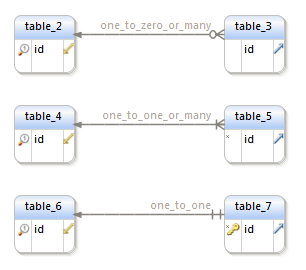

The equator is assigned a latitude of 0 ° moving north or south, the latitude varies from 0 ° to 90 ° followed by the indication North (N) or South (S).Back at headquarters, The Bad Guys circled around their loot - a veritable treasure trove of a small amount of groceries. Through the parallels latitude is defined, which is the angular distance between the equator and the parallel that passes through a given point.During the solstices, solar radiation is perpendicular to the Earth's surface in one of the tropics. In addition to the equator, there are two other fundamental parallels: the Tropic of Cancer and the Tropic of Capricorn.The equator is the parallel on which the sun's rays fall perpendicular to the earth's surface at the equinoxes.Starting from the equator and moving towards the Arctic Circle and the Antarctic Circle, each parallel is gradually shorter in length. The equator is approximately 40,075 km long.This plane divides the Earth into two hemispheres: the northern hemisphere and the southern hemisphere.Īll other parallels are imaginary circles parallel to the equator. The equator is the fundamental parallel that divides the Earth, forming a plane perpendicular to the Earth's axis.

That is, they are obtained from the intersection between the earth's surface and the planes perpendicular to the earth's axis of rotation. Parallels are lines that form imaginary circles perpendicular to the earth's axis. Continuing east or west of this meridian, a longitude value of 0 ° to 180 ° is assigned followed by the indication E if we are in the east, OR if we are going from east to west of Greenwich.


The imaginary lines of the Earth are lines drawn on the planisphere map in which the continents and the oceans that go from this to west and from north to south are represented.


 0 kommentar(er)
0 kommentar(er)
